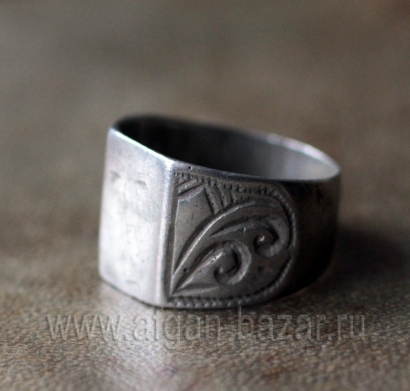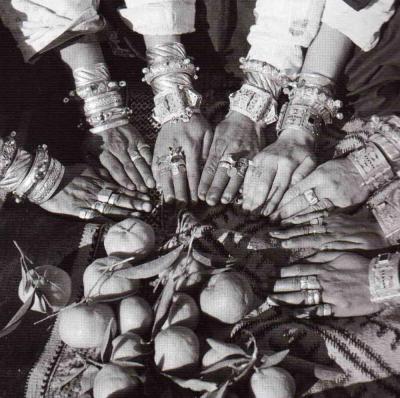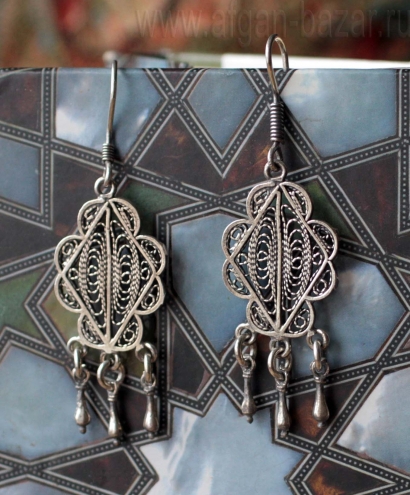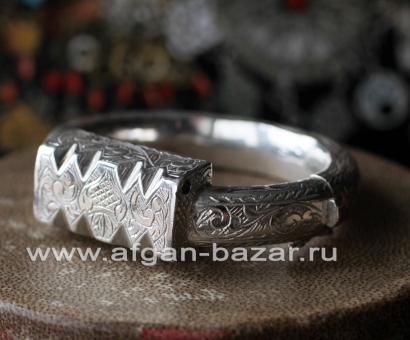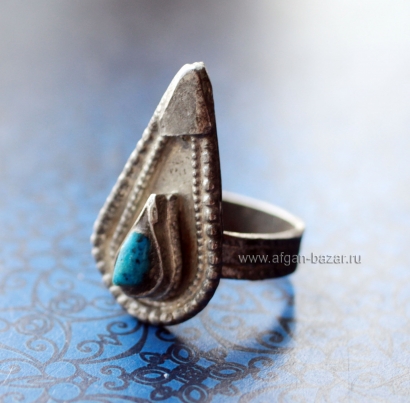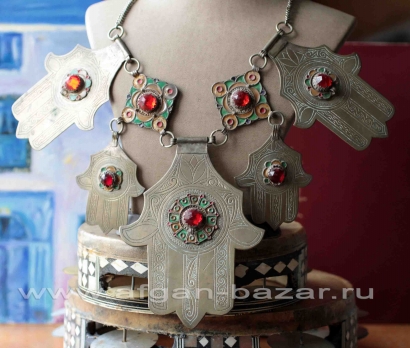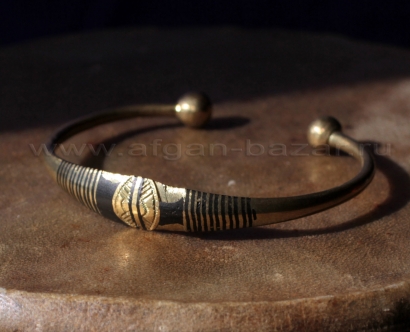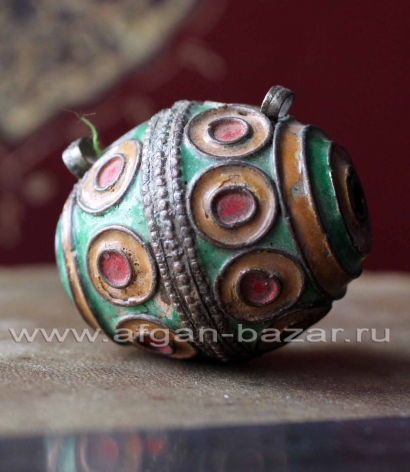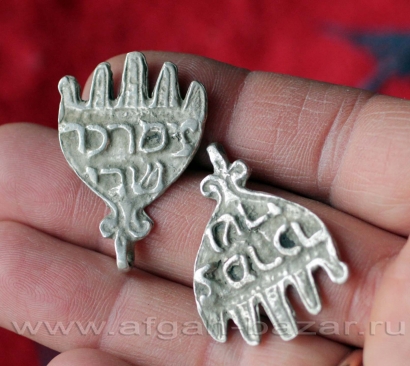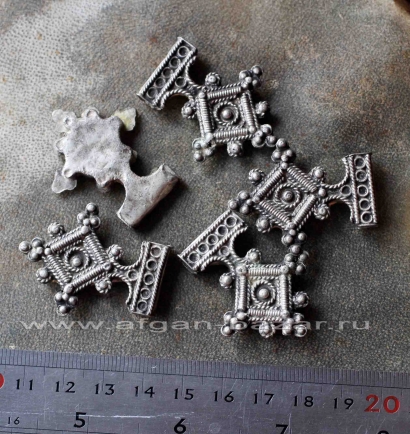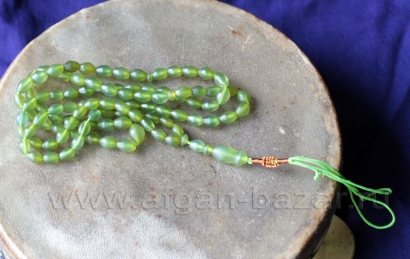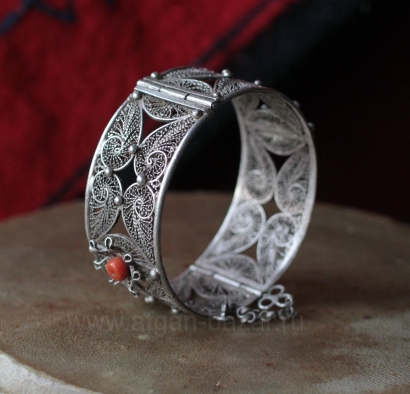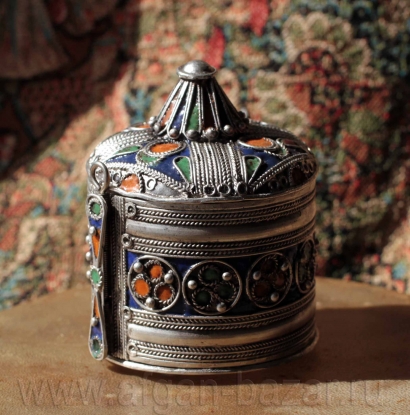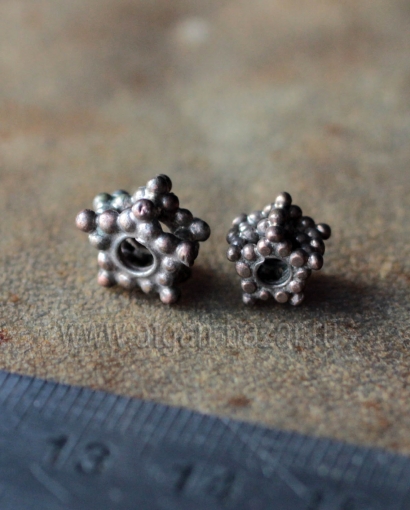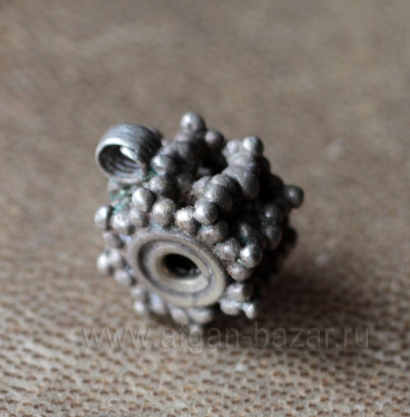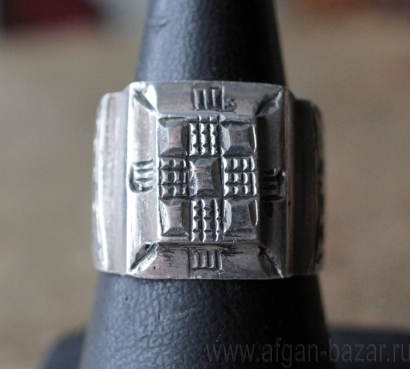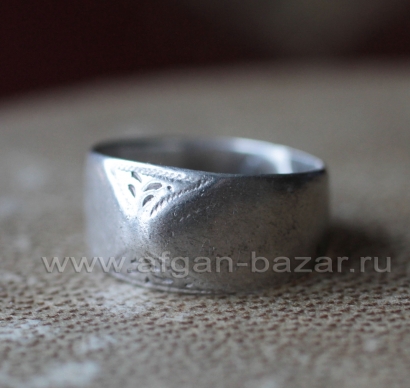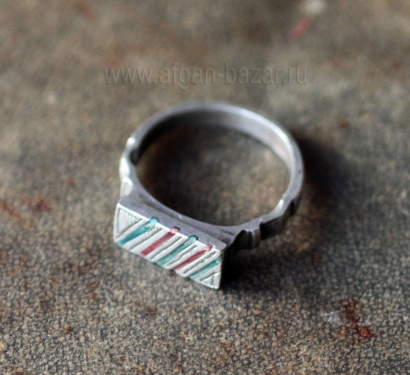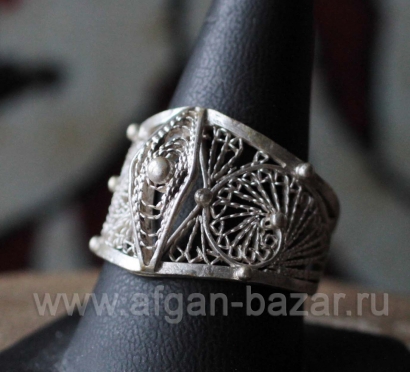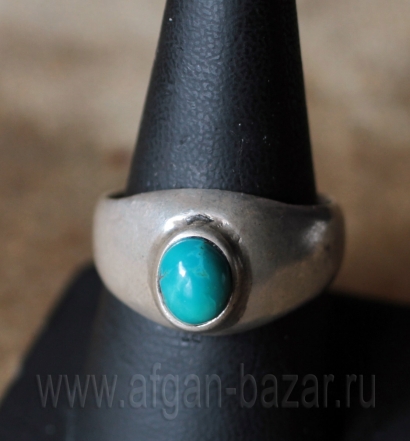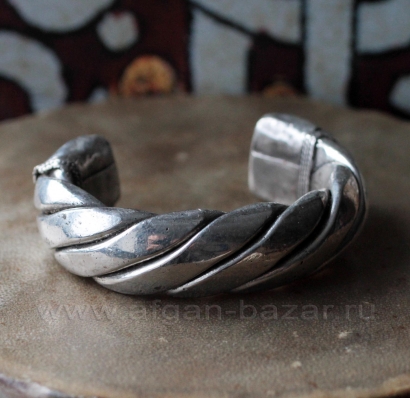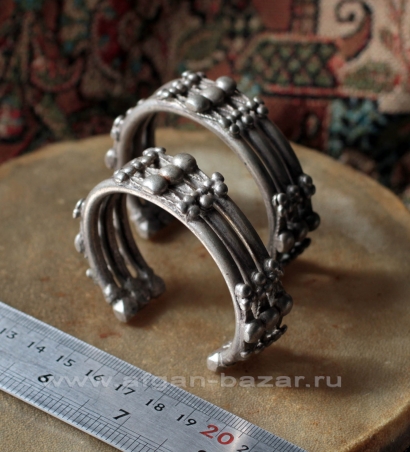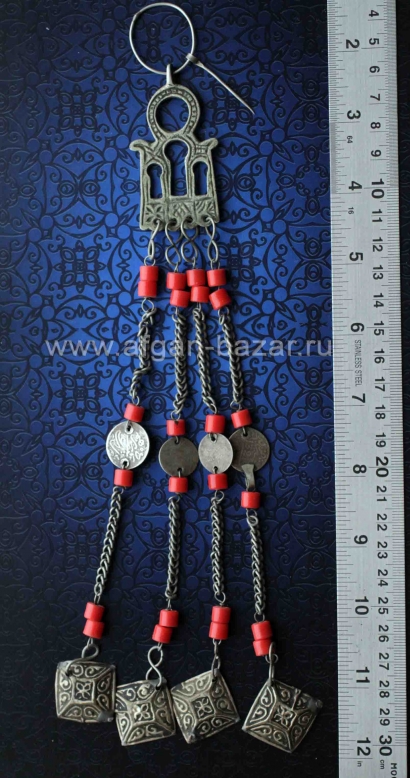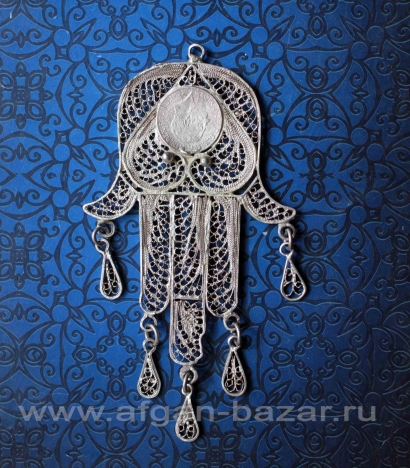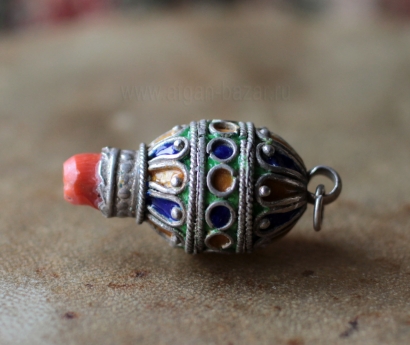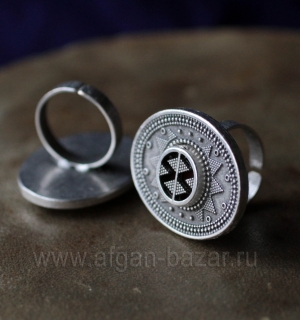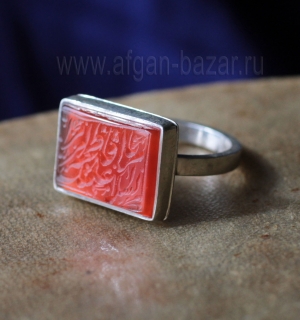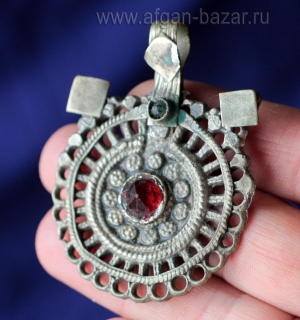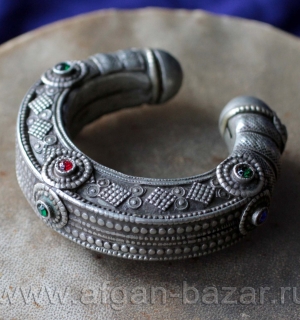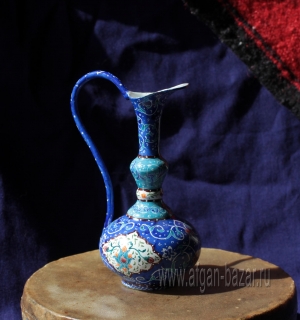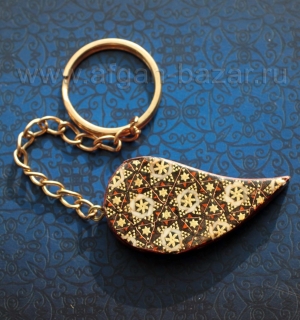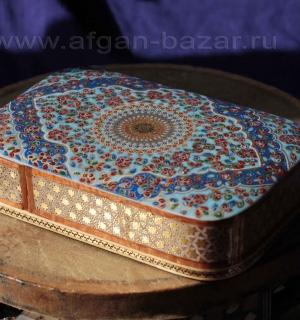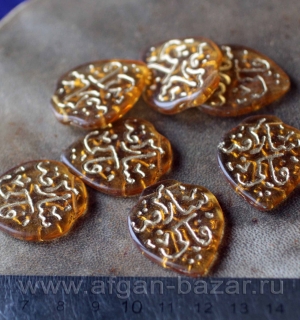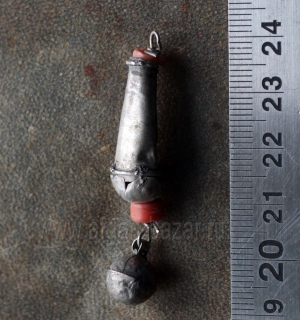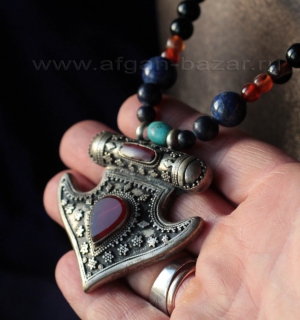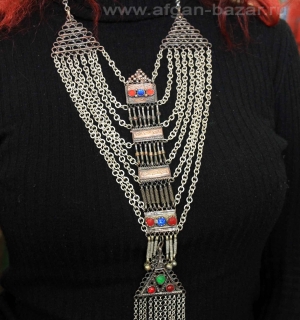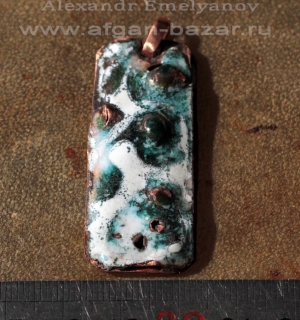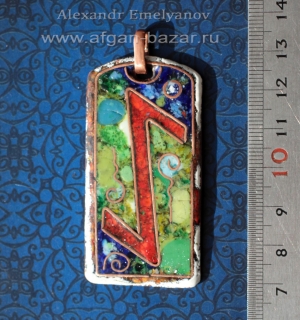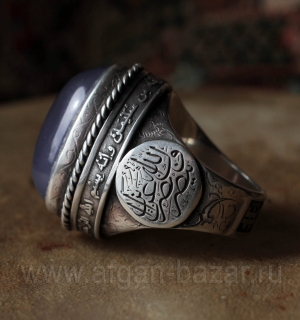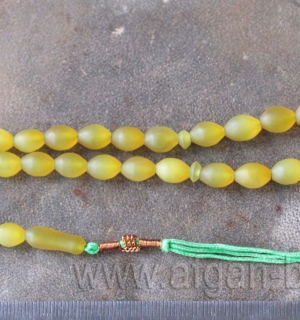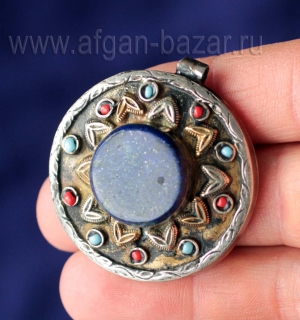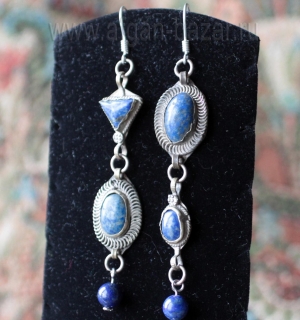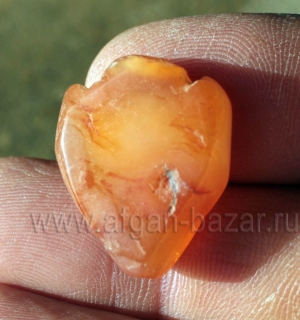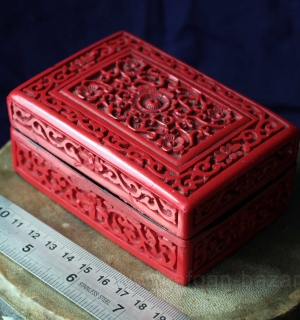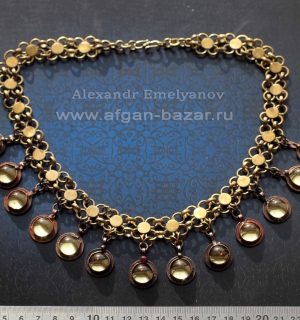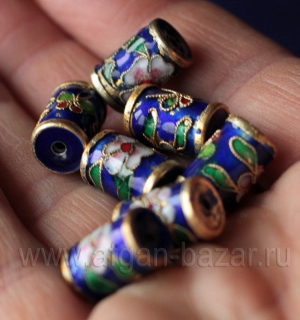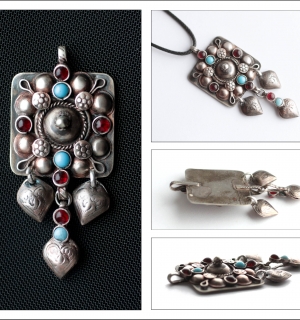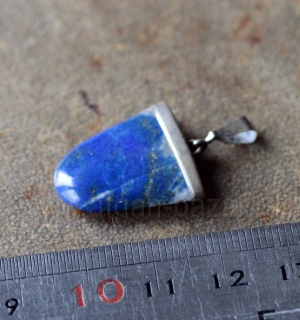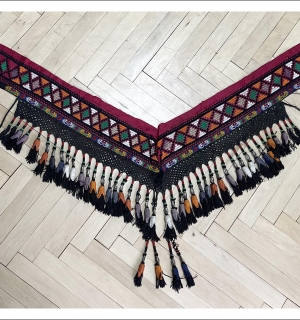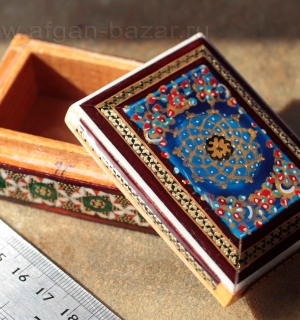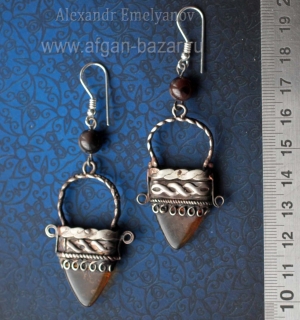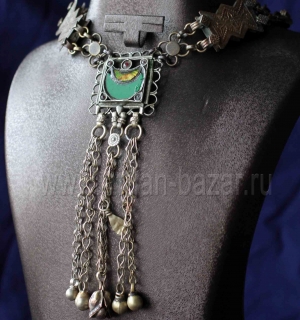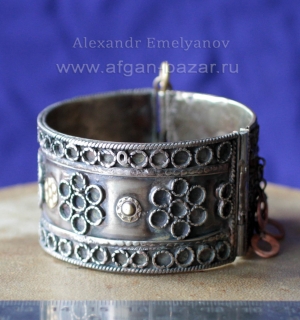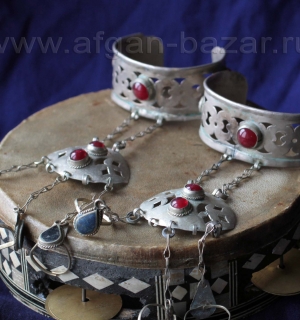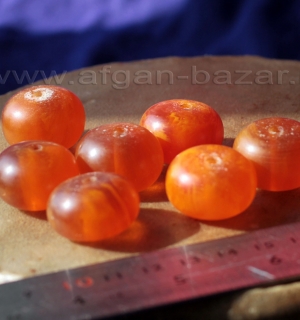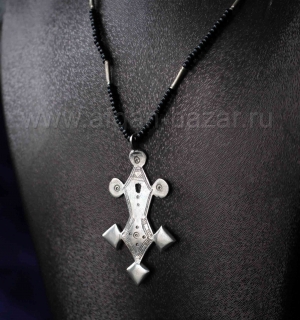Винтажный берберский перстень. Марокко, берберы, 20-й век. Размер - 19,5
Украшения, этнические/винтажные, кольца и перстни, серебро, размер 19-19,5, Марокко/Западная Сахара, Африканские и арабские украшения, Марокко и Западная СахараЕгипетские серьги в традиционном стиле. Египет, современная работа
серьги, Украшения, этнические/винтажные, серебро, Египет/Сирия/Палестина, Серьги/височные подвески, Африканские и арабские украшения, ЕгипетСеребряный тунисский браслет в виде традиционного берберского украшения Хал-Хал
Украшения, этнические/винтажные, серебро, браслеты, Тунис/Ливия/Алжир, Браслеты, Африканские и арабские украшения, Тунис, Ливия, АлжирСтарый бедуинский перстень. Оман, регион Персидского залива, 20 век
Ближний Восток и Северная Африка, Виртуальный музей декоративно-прикладного искусства Востока, металл, Украшения, этнические/винтажные, кольца и перстни, вставки - стекло/керамика, размер 19-19,5, Йемен/Аравия/Оман, Африканские и арабские украшения, Йемен, АравияМарокканское колье “Tikhamsatin” с амулетами "Хамса". Марокко, Анти-Атлас (Тизнит), берберы, 20-й век
Ближний Восток и Северная Африка, Виртуальный музей декоративно-прикладного искусства Востока, металл, Украшения, этнические/винтажные, вставки - эмаль/мастика, Колье, подвески, амулеты, Марокко/Западная Сахара, Колье/чокеры/гривны, Африканские и арабские украшенияБраслет в туарегском стиле. Марокко, современная работа
Украшения, этнические/винтажные, браслеты, медь/латунь/бронза, вставки - кость/дерево, Марокко/Западная Сахара, Браслеты, Африканские и арабские украшения, Марокко и Западная СахараТрадиционная марокканская бусина "Тагамут" (Tagamouth) с горячей эмалью
декоративные, этнические/винтажные, Фурнитура, бусины, бусины, Колье, подвески, амулеты, горячая эмаль, Марокко/Западная Сахара, Африканские и арабские украшения, Марокко и Западная Сахара, этнические бусины ручной работыСтарая марокканская подвеска-амулет Хамеш ("хамса" по арабски) с надписью на иврите
Ближний Восток и Северная Африка, Виртуальный музей декоративно-прикладного искусства Востока, Украшения, этнические/винтажные, серебро, Колье, подвески, амулеты, Марокко/Западная Сахара, Подвески/кулоны, Африканские и арабские украшения, Марокко и Западная СахараМарокканская подвеска-амулет "Богдад" (Boghdad) - Moroccan Berber Ethnic Tribal Cross Pendant-Bead "Boghdad" or"Boghdadya"
этно фурнитура (подвески, коннекторы, декор. элементы) афганистан пакистан марокко, Колье, подвески, амулеты, Африканские и арабские украшения, Марокко и Западная Сахара, Этническая фурнитура для расшивки костюмов, этнические бусины ручной работыВинтажные коралловые бусины. Средиземноморский коралл, детали йеменских и арабских украшений 19-20 вв
Фурнитура, бусины, бусины, с натуральными камнями, Эфиопия/Центральная Африка, Африканские и арабские украшения, этнические бусины, Фурнитура и материалы, Эфиопия и экваториальная Африка, этнические бусины ручной работы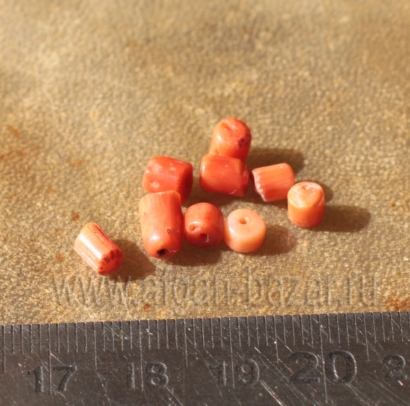
|
Артикул: 8380Винтажные коралловые бусины. Диаметр бусин - 4 мм. Цена за одну бусину Цена: 50 ₽ |

